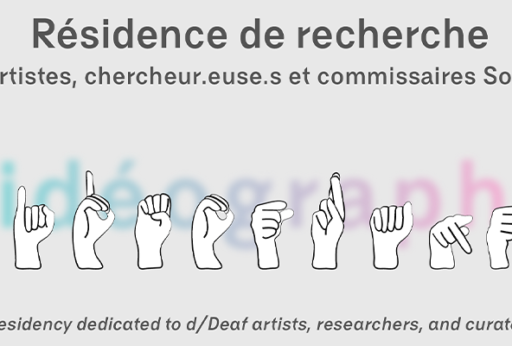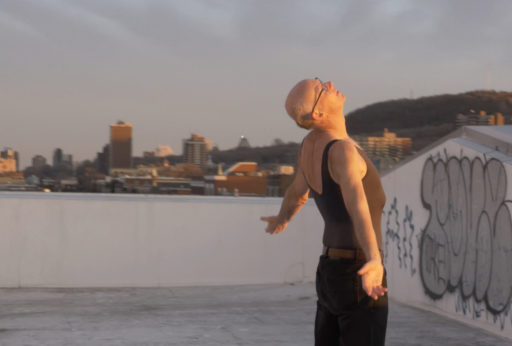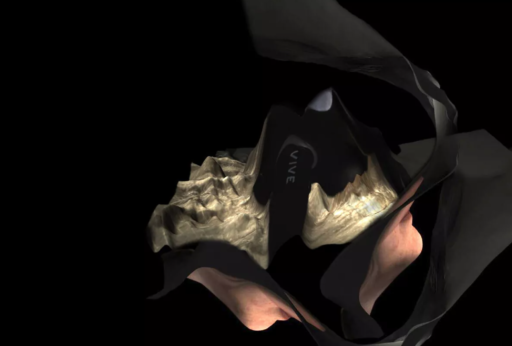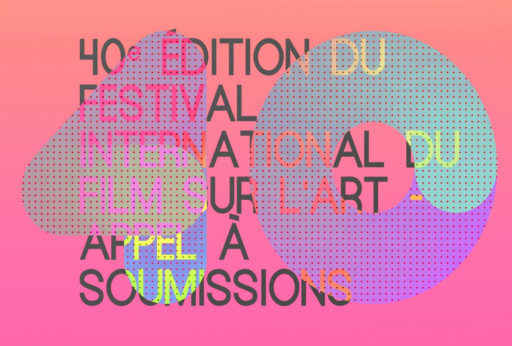Special section “Mutations: Sciences, Technologies and Other Unimaginable Art Forms”
The discussion around the collaboration between art and science is not new: throughout art history, there are cases in which artists performed such rapprochements, thus following certain redefinitions of the roles of art and science according to production value. We can take as an example the early-twentieth-century Russian constructivists, who proposed a definition of the artist as engineer: in this context, the artwork fell within an environmental design approach, thus fulfilling a material and economic function. This type of association also occurred during the Cold War of the 1960s in the United States, when universities sought to experiment with forms of art through technology to respond to technical needs. With the ever-broader overlap between technologies and sciences, the conceptual idea of media art and new media art in the 1980s was deeply grounded in collaborative intentions: scientists and technicians joined with artists, and therefore increasingly specialized science and technologies could be incorporated into artworks (Voropai, 2011). And even beyond a methodology based on collaboration—which would imply the domination of science over art and highlight the instrumentalization of the artwork as a tool of scientific popularization—different creative programs and contemporary-art exhibition venues now integrate related research, considering the relationship among art, science, and technology in a contingent way that is always fluid, moving, and increasingly porous.
In a context in which the paradigm of market-driven production and growth are being challenged in light of social and ecological crises, and also following the impetus of contemporary artists who have demonstrated repeatedly that art can be a vector of transformation, change, and action in real life, could envisaging merging and multiple mutations of art, science, and technologies not point the way toward creation of forms and spaces that are impossible to imagine right now? How could artists and scientists open up their respective disciplines to methodologies and forms of experimentation that are foreign to them, create new avenues, and subtly invade the interstices that subsist between the structures of the real and the invisible?
Proposals for inclusion in the “Mutations: Sciences, Technologies, and Other Unimaginable Art Forms” will take into account new developments that occur in the merging of art, sciences, and technologies. The authors will be interested in hybrid forms using machines, mechanisms, automation, artificial intelligence, and biotechnology, as well as practices profoundly committed to exploratory creation of techno-scientific imaginaries.
Regular column
Vie des Artsis also looking for exhibition critiques, artist profiles, and news articles that highlight contemporary issues presently shaping the art world. Submissions should be short and include the subject you want to cover and a brief description of the critical angle you will use.




